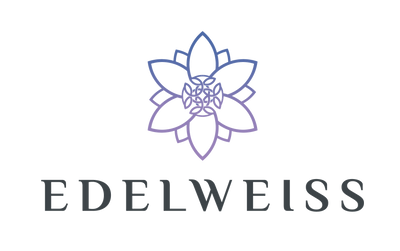Diamond Cuts | Ryan’s Picks

Many people select a diamond’s cut based on personal preference. But there’s much more to a stone’s cut than meets the eye. Contrary to popular belief, a diamond “cut” isn’t its shape; it’s really the symmetry, proportion, and polish of the stone, which provides its brilliance and fire. And, a diamond’s cut isn’t random; diamond cutters look at the shape, flaws, and size of the rough stone to determine which cut will work best.

In fact, the cut is the most important of the “4 Cs” of choosing a diamond. It’s what gives the stone its sparkle. There are a wide variety of cuts available today -- the most common are Asscher, cushion, emerald, heart, marquise, oval, pear, and round brilliant. Edelweiss’ Ryan Karolak has three favorites:

Emerald
One of the oldest diamond cuts, the emerald cut was originally developed for – you guessed it – emeralds. This cut doesn’t create the sparkle of other cuts, such as the round brilliant; instead, it highlights the stone’s clarity with simple, clean lines. It’s often seen as the most sophisticated diamond because it impresses through subtlety rather than brilliance. Understated, yet classic, emerald-cut diamonds tend to be a bit less expensive than others because they’re not in high demand.

Cushion
The cushion-cut, now one of the most popular cuts for engagement rings, actually has been around since the 1800s. A square diamond with rounded corners, the stone resembles a pillow and is one of the most brilliant of all cuts available today. Featuring both right angles and curves, it’s the most adaptable cut to wear with other stones and jewelry. A cushion cut also retains the rough diamond’s original color better than many other cuts, which is why it’s often used for yellow, pink, and other colored diamonds, such as the famed Hope Diamond.

Round Brilliant
Featuring the most facets and sparkle of any cut, the round brilliant cut is synonymous with “engagement.” Different from a simple round cut, or old European-cut diamond, the modern round brilliant cut displays more color and reflects more light, producing more brightness and fire than any other. This not only makes the stone look larger, but it also compensates for lower clarity and color. About 75 percent of all diamonds sold today are round brilliant, despite the fact that they’re typically more expensive. This is because much of the rough diamond is lost during the cutting process than with other diamond cuts. Around for about 100 years, the round brilliant has become a true standard of timelessness and versatility.

There are a variety of pros and cons to all diamond cuts. The key is to find a perfectly cut gem that showcases the natural beauty of your particular stone. Rely on a trusted, expert partner to help you make the best choice. Our experts here at Edelweiss will work with you to find out what ring and gem cut will suit you best.



